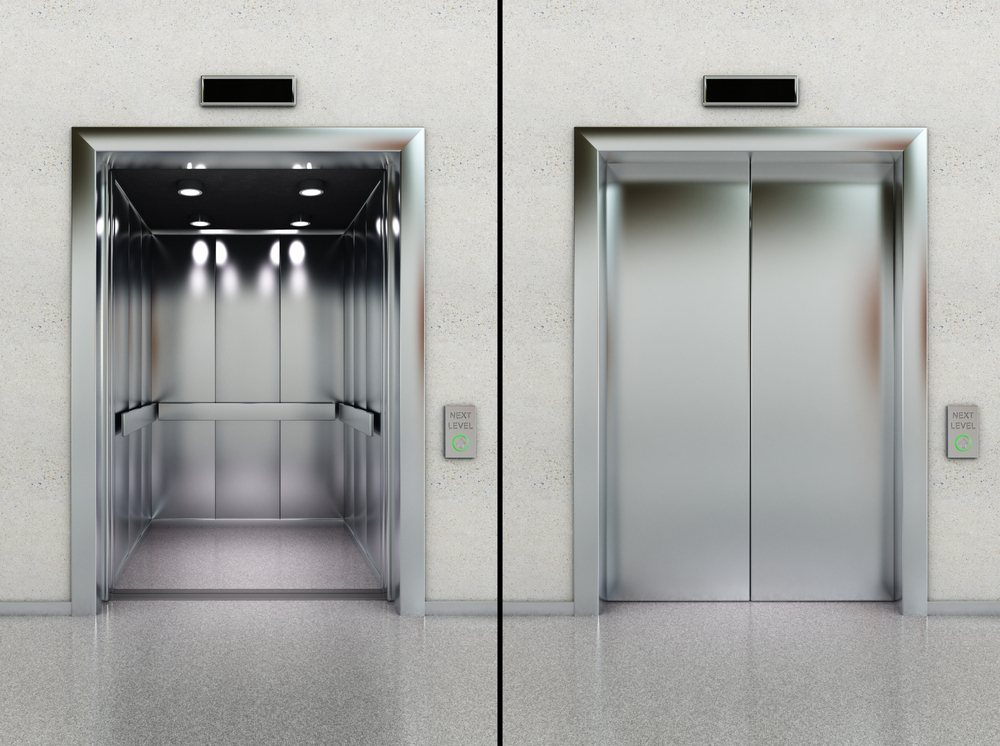Leading Lift Companies in London: Supplying Exceptional Solution and Assistance
Leading Lift Companies in London: Supplying Exceptional Solution and Assistance
Blog Article
Looking Into the World of Elevators: Usual Problems Faced by Numerous Lift Systems
As we browse via the upright transport systems of modern structures, lifts attract attention as an indispensable part of our every day lives. However, behind their seamless operation exists a globe of elaborate devices that can occasionally encounter difficulties. From hydraulic lifts to traction systems and machine-room-less styles, each lift type includes its collection of common issues. Comprehending these obstacles is vital for making sure the smooth functioning of these important systems. Let's check out the complexities that underlie the operation of elevators and the potential concerns that can emerge, clarifying the detailed web of lift systems.
Hydraulic Elevators
Hydraulic lifts, commonly chosen for low-rise buildings, make use of fluid pressure to control the motion of the lift automobile (lift repair companies). This system includes a hydraulic pump pushing oil into a cylinder, triggering the lift to relocate the preferred direction. While hydraulic elevators are understood for their quiet and smooth procedure, they do come with their own collection of usual problems
One common issue with hydraulic lifts is oil leakage. Additionally, issues with the control system, such as defective shutoffs or a malfunctioning pump, can create disruptions in the lift's motion.
Routine maintenance and prompt repair services are vital to guarantee the smooth functioning of hydraulic elevators. By attending to these typical problems proactively, building proprietors can minimize downtime and guarantee the security and performance of their vertical transport system.
Traction Elevators
When taking into consideration upright transport systems in buildings, one more usual type other than hydraulic elevators is the traction lift. Grip lifts operate making use of a system of ropes and counterweights that relocate the elevator car by gripping onto the hoist ropes. This mechanism enables smoother and faster upright transportation compared to hydraulic systems.
Among the typical issues faced by grip elevators is rope wear. The continuous motion of the ropes within the grip system can result in tear and wear gradually, potentially creating the elevator to breakdown or become risky for usage. Routine evaluations and upkeep of the ropes are vital to make certain the lift's correct functioning and safety.
An additional concern that traction lifts might come across is connected to the control system. Issues with the control system can cause issues such as erratic motion, delays in action times, and even total shutdowns. Routine screening and maintenance of the control system are important to prevent such concerns and make certain the elevator's integrity.
Machine-Room-Less (MRL) Lifts

One of the key parts of MRL elevators is the compact gearless traction maker that is set up within the hoistway. This maker effectively drives the elevator auto without the need for large devices discovered in conventional grip elevators. Furthermore, MRL elevators commonly utilize a weight system to balance the cars and truck, more boosting their energy performance.
In spite of their benefits, MRL elevators might deal with challenges related to repair and maintenance because of the restricted room for equipment installation. Accessibility for servicing elements within the shaft can be limited, calling for specialized training for specialists. Appropriate upkeep routines and regular assessments are critical to make certain the ongoing smooth operation of MRL lifts.
Overloading and Weight Limit Issues
Are elevators equipped to take care of excess weight lots efficiently and safely? Straining and weight limit issues are vital problems in elevator operations. Elevator producers design lifts with specific weight capabilities to make sure guest security and tools longevity. Exceeding these weight limitations can lead to different problems, consisting of mechanical failures, delays, and security dangers.
When lifts are overwhelmed, it puts too much pressure on the electric motor, wires, and other components, possibly creating malfunctions or malfunctions. If they detect excess weight, safety devices such as sensors and overload sensors are in place to protect best site against lifts from moving. Furthermore, exceeding weight limits can bring about enhanced energy consumption and damage on the elevator system.
To alleviate overwhelming concerns, building managers must prominently display weight limitations in lifts and enlighten passengers on the significance of sticking to these restrictions - lift repair companies. Routine upkeep checks by qualified technicians can likewise assist guarantee that elevators are operating within secure weight criteria. By addressing overloading and weight limitation problems proactively, structure proprietors can enhance lift safety and performance
Electrical System Failures
Exceeding weight limits in elevators can not only lead to mechanical concerns yet likewise possibly add to electrical system failures within the lift infrastructure. Electric system failures are a vital issue in lift operation, as they can trigger unforeseen closures, malfunctions, and even safety and security risks. One common electric issue is the overheating of components due to excessive current flow brought on by overloading the elevator beyond its capacity. This can result in harm to the control, wiring, or electric motor systems, leading to expensive repair services and downtime.
Regular upkeep and examinations are critical to identify and address potential electrical concerns promptly, making sure the risk-free and reliable procedure of lift systems. By adhering to weight restrictions and conducting regular electrical system checks, building proprietors can alleviate the risk of electrical failures in elevators.
Conclusion
.webp)
Hydraulic elevators, frequently chosen for low-rise structures, utilize fluid stress to manage the activity of the elevator vehicle.When considering upright transportation systems in structures, another typical type aside from hydraulic the original source lifts is the grip lift. Traction lifts run making use of a system of ropes and counterweights that move the lift cars and truck by clutching onto the hoist ropes. Unlike traditional lifts that need a separate machine area to house the equipment, MRL elevators integrate many of the elements within the shaft, getting rid of the requirement for a dedicated machine room.In verdict, lifts face usual concerns such as hydraulic malfunctions, grip system failures, and electrical system troubles.
Report this page